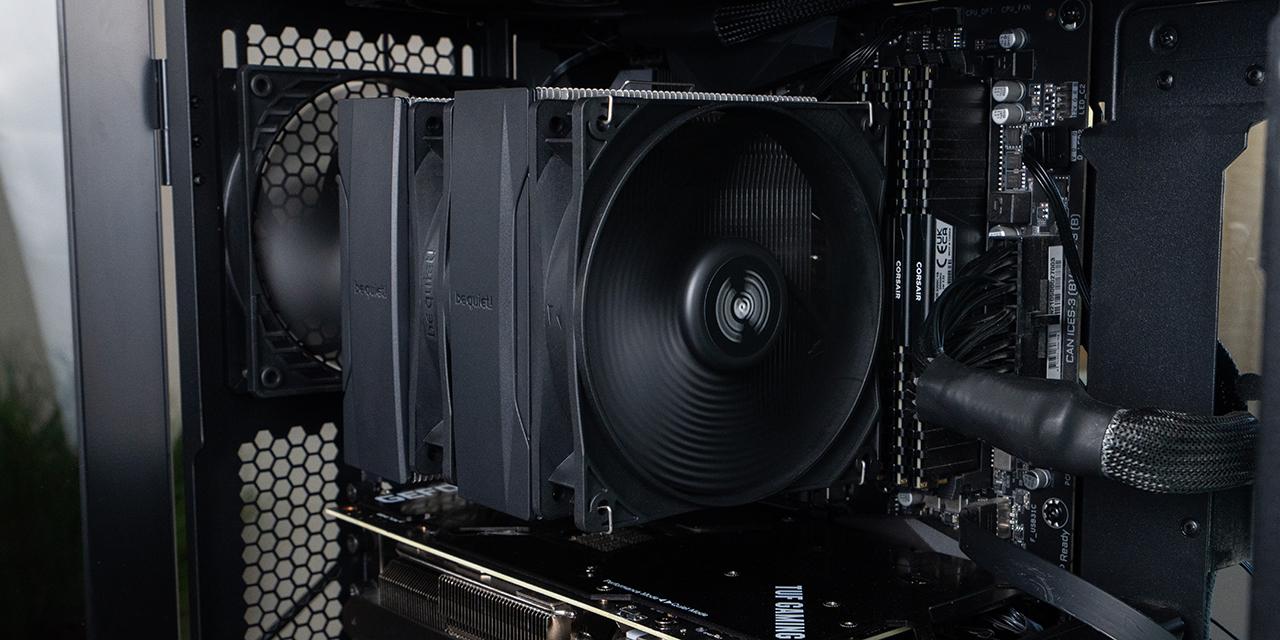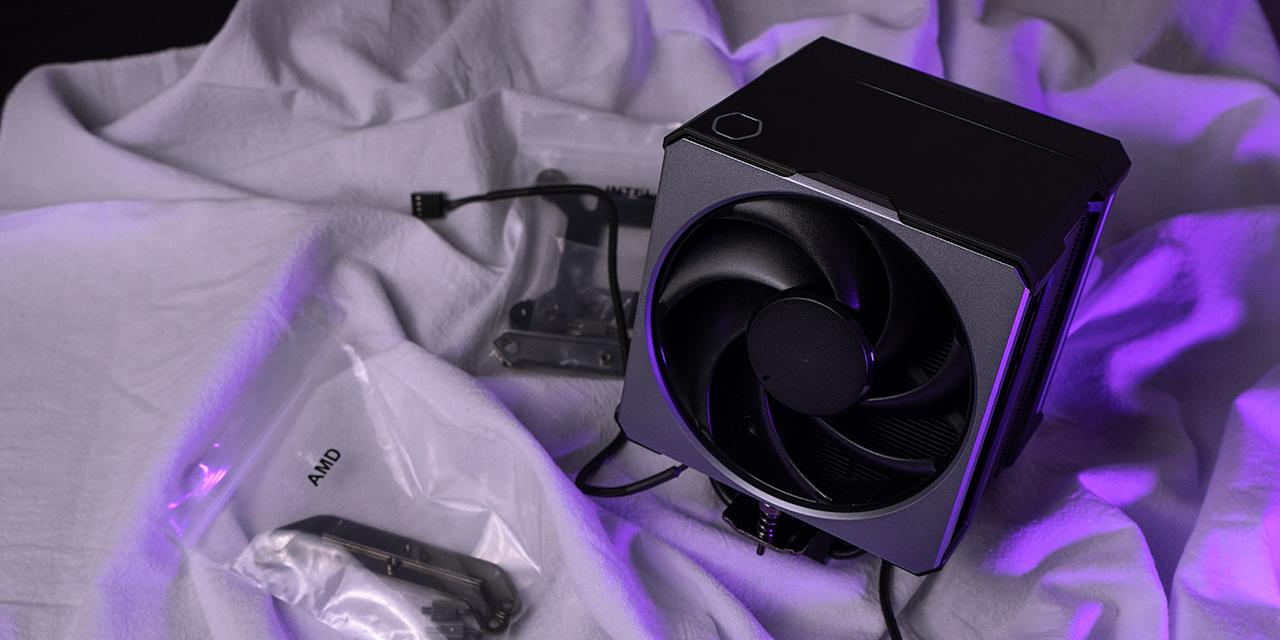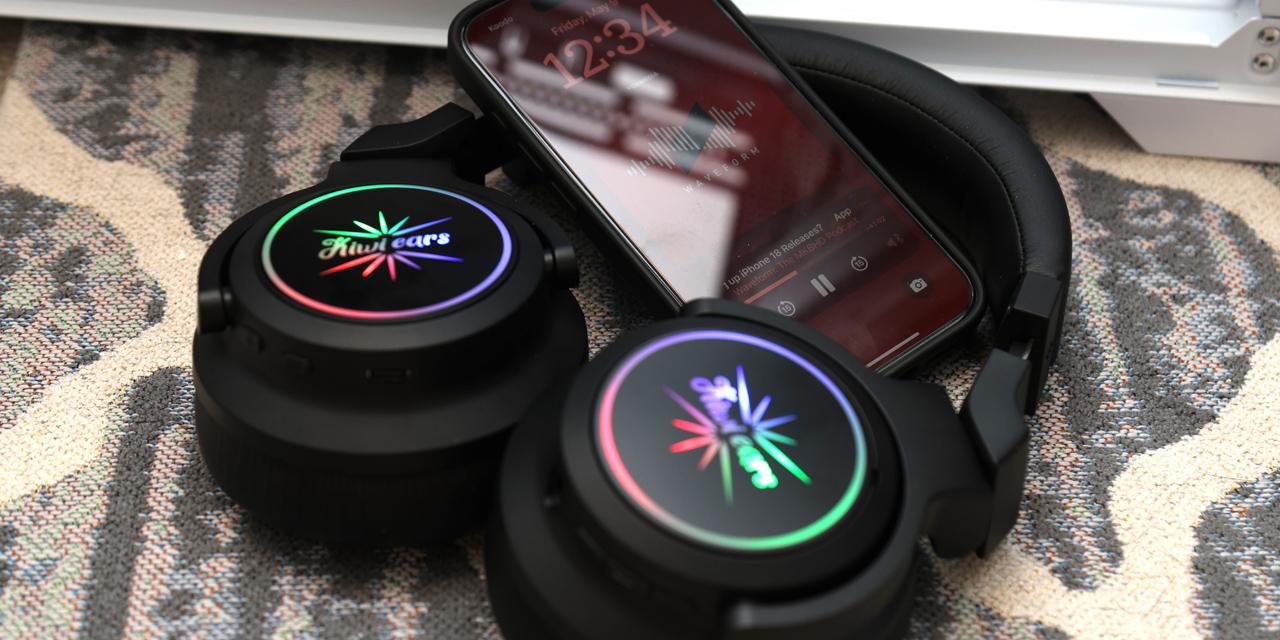Page 3 - Subjective Audio Analysis

Reviewing audio devices require extensively trained ears and lots of experience. Even for audiophiles, it may prove challenging at times to obtain an accurate evaluation of a product without a thoroughly familiar product to use as a simultaneous reference. While I am not going to even try to claim that I am the only trustworthy or best reviewer for sound, it is fact that most computer review sites have editors who are insufficiently trained in reviewing audio equipment. Give them practically anything and all you will read about goes along the line of "good bass, nice midrange, awesome treble, really clear sound, 10/10". While there are many knowledgeable audio reviewers at various respected online media outlets, they are by far the minority.
As I have mentioned in my past audio reviews, there are really no true objective measurements for speaker sound quality. As the reviewer, however, I will put it through a series of subjective tests to try to come up with the most objective rating possible. Yes, it is quite a paradox haha. Tests were conducted primarily wirelessly via Bluetooth. I mainly used a Sony Xperia X, which has support for both aptX and AAC. After over 70 hours of break-in time -- well above typically required period -- we put the Sennheiser Momentum Wireless to the tests. All tracks were uncompressed or high bitrate files. Specific to the Sennheiser Momentum Wireless, we tested these earphones with the default flat equalizer applied, no transparent hearing mode active, and with active noise cancellation both on and off.
Starting at the bottom end, the Sennheiser Momentum Wireless provided some deep and heavy thumps with a good amount of definition. Bass guitar riffs and bass drum thumps were solid and pronounced. Overall, this range was a good foundation for the rest of the frequency ranges. Some may find the bass too much at times, but I personally liked the deep kicks the Momentum Wireless produced. Whether the active noise cancellation was on or off, the bass kept its rounded and defined feel.
Moving to the midrange, the middle regions are slightly recessed, at least when compared to the bass. The lower-end of the middle range follows a similar story with the heavier bass, but I did not find it to be overwhelming. Vocals and instruments like guitars and pianos came through clearly with a good amount of depth and thickness. Wooden instruments also resonated naturally, keeping its expected reverberations.
Finally, at the top of the range, we have the trebles. They were tight and had a good amount of brightness. Higher frequency instruments like violins and female vocalists came through clearly without sounding too sharp. At the highest end, they do start to suffer from some attenuation, but this helps with trebles getting too clashy. Even with the emphasized bass, the overall image is not dark, and the trebles keep their brightness. From end to end, it was clear these headphones were not intended for reference listeners, as they did not provide a flat response, but this is not necessarily a bad thing. The Sennheiser Momentum Wireless was meant to be a consumer headset, and the sound signature is revealing of a more emphasized bass and bright trebles to complement the fun sounding slight-V overall.
When it comes to soundstaging and imaging, the Sennheiser Momentum Wireless provided a decent amount of width and depth in its creation of a virtual environment. As these are closed-back headphones, the Momentum Wireless were not as wide as I would have liked, but this is not as surprising. This is not to say we have not heard of good soundstaging in closed-back headphones, but we also do not come by this combination often. With active noise cancellation turned off, the soundstage was a bit better, but still physically limited. Imaging was good, and felt generally realistic in our testing.
As for layering and frequency separation, there were good aspects overall. In terms of layering, different frequency spectrums were distinguishable, even with the heavier bass. The bright trebles also came through, keeping its detail overall. Between layers were good with smooth transitions between the major frequencies. The sound image produced felt cohesive as a whole. Cleanness was quite good too, as I did not notice muffle throughout my tests. Sound isolation was good, especially in terms of keeping external noises out. The active noise control also helped with blocking out lower noises quite well. At higher volumes, I did notice some sound leakage from the Sennheiser Momentum Wireless, so I would make sure to not crank these too loud in quieter environments.
In terms of usability, the Momentum Wireless was truly a polished product. Its automatic pause worked well, and the "transparent" ambient mode allowed me to hear external noises without needing to take off my headphones. I could even converse with people with the headphones on, though I often took them off out of courtesy. The wireless range was excellent, giving me some distance from the audio source without any notable drops or stutters. Latency while watching videos was minimal, but it was more notable in mobile games, which can be concerning for some users. I assume it will be better if my phone had aptX Low Latency support, though there are not many devices with this support yet. In terms of battery life, I personally never hit the target of seventeen hours on a single charge of wireless, active noise cancellation on usage, and I ended a single charge closer to fifteen hours. While this does fall short of the expected life, I think this is still good. Other reviewers have noted they were able to achieve the quoted battery life, so your mileage may vary.
Page Index
1. Introduction, Packaging, Specifications
2. Physical Look - Hardware
3. Subjective Audio Analysis
4. Conclusion





